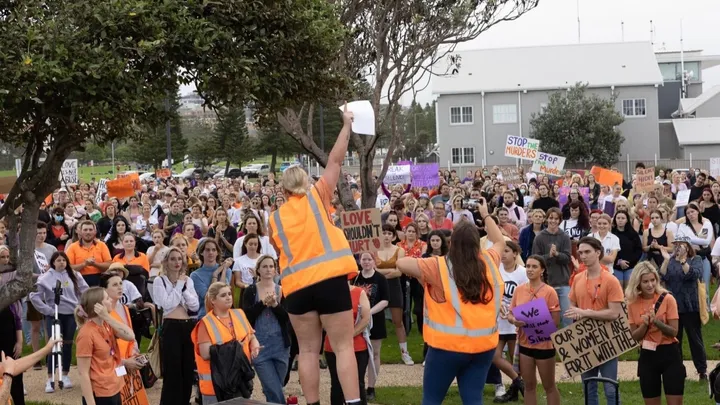
Federal government under fire for slashing JobSeeker

By ALLISON HORE
The federal government’s decision to slash the coronavirus supplement for JobSeeker recipients has been slammed by unemployed people and advocates across the country.
This week the Morrison government announced that the $75-a-week coronavirus supplement will be abolished from April 1. In an attempt to lighten the blow, they also announced that the base rate for JobSeeker payments would be increased by $25 a week.
This means JobSeeker recipients will see a net loss of $50 a week to their current rate.
Prime Minister Scott Morrison says the new baseline rate will make it equivalent to just over 41 percent of the national minimum wage.
But this marginally increased base rate is still a far cry from the $80 a day some unemployment advocacy groups are calling for. Even at the current rate, with the coronavirus supplement in effect, the overall jobseeker payment is just half of the national minimum wage.
The Australian Unemployed Workers Union said it “rejects the government’s latest savage attack on unemployed people.” Following the government’s announcement, the group launched a new campaign to see the minimum jobseeker rate bumped up to $80 a day.
“We will not go quietly or be cowed by this open attempt to beat us into submission,” they said in a statement.
“We will fight the Morrison government harder than we ever have before for social security above the poverty line and an end to the brutal ‘mutual’ obligations regime.”
Not enough jobs to go around
Kristin O’Connell, a spokesperson for the AUWU, said there are simply not enough jobs for all the people currently seeking work to fill. She said by refusing to increase the jobseeker rate above Australia’s poverty line of $80 a day the government is choosing to keep people in poverty.
“Instead of handing billions of dollars to private organisations who bully, threaten and harass us, the government should be caring for people who are locked out of work,” she said.
In January of this year around 1.24 million people were receiving Jobseeker payments and a further 135,540 received youth allowance. This is almost double the amount of people who were on Jobseeker pre-pandemic. In May 2019 approximately 684,138 people were on Jobseeker (then known as Newstart).
At the time of publication there were just over 180,000 jobs on job search website Seek.
And slashing unemployment benefits won’t create roles for those 1.24 million people to fill, in fact, some researchers predict it may lead to further job losses.
Brendan Coates, household finance program director at the Grattan Institute think tank, believes that dropping the JobSeeker rate would have a negative impact on the country’s economy. He thinks cutting unemployment payments would lead to a decrease in spending, a resulting economic slump and therefore fewer job vacancies.
“Cutting unemployment benefits in the middle of a recession is likely to cost jobs, rather than create them,” he said.
“JobSeeker is one of the best forms of fiscal stimulus there is: unemployed people are likely to spend all, or at least most, of what they receive.”
While JobSeeker is designed to be a temporary payment, according to the Department of Social Services the average time people are stuck on benefits is 3.5 years. In 2014, the average time people received payments was 2 years.









